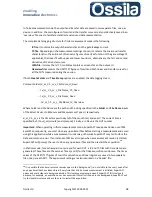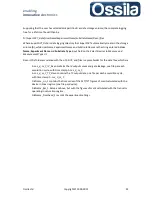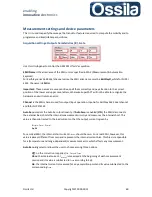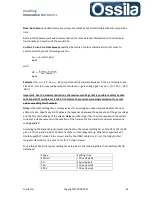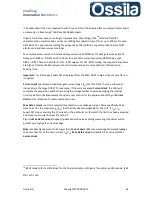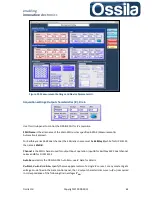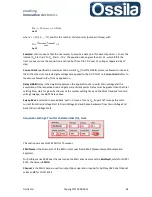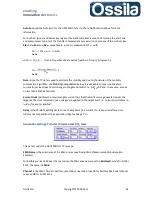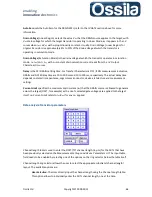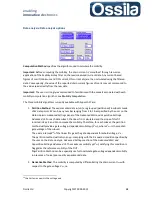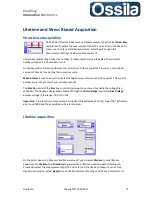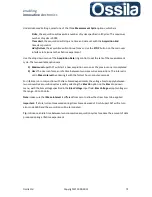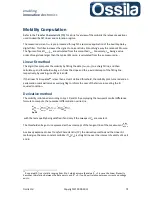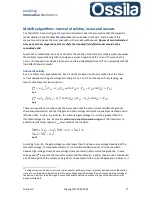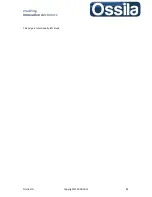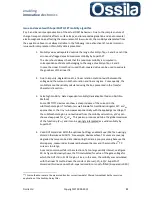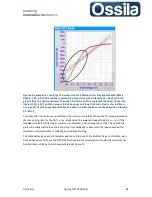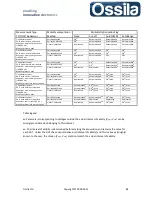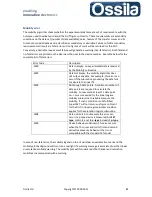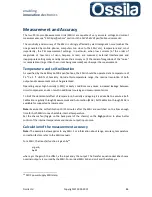
enabling
innovative
electronics
Ossila Ltd
Copyright © 2009-2015
71
Important:
It is not guaranteed that these optimisation flags will correctly work in any conceivable
situation. The flags may still fail to discard figures of merit not fulfilling the mobility equation, or do
not include legitimate
Figures of Merit
complying the ones defined previously.
The options, selectable through the drop down menu of
Fit Optimisation
, are
1.
None.
The mobility algorithm executes with no optimisation flags enabled.
2.
Cut-off.
As for the
None
case, no optimisation flags are enabled, but the figures of merit are
calculated using the experimental data defined by interval [V
Start
, V
End
].
V
Start
and V
End
are entered through the two dedicated numeric input entries located next to
the ring selector.
3.
AutoFWHM
enables the FWHM optimisation routine, see
Mobility Computation
.
4.
AutoRange
enables the AutoRange optimisation routine, see
Mobility Computation
.
Options 3) and 4) automatically determine the range of validity of the mobility equation. In this
sense, these optimisation flags are similar to option 2), with the difference that while the validity
range [V
Start
, V
End
] for the figure of merit is fixed for all the DUTs by the user at the beginning of the
acquisition(
Cut-Off
) , flags 3) and 4) enables SuperFACT to automatically calculate the appropriate
[V
Start
, V
End
] for each DUT.
For a detailed explanation of the panel control
Advanced Measurement: Lifetime/Bias
, refer to the
chapter
Lifetime and Stress Biased Acquisition
below.


